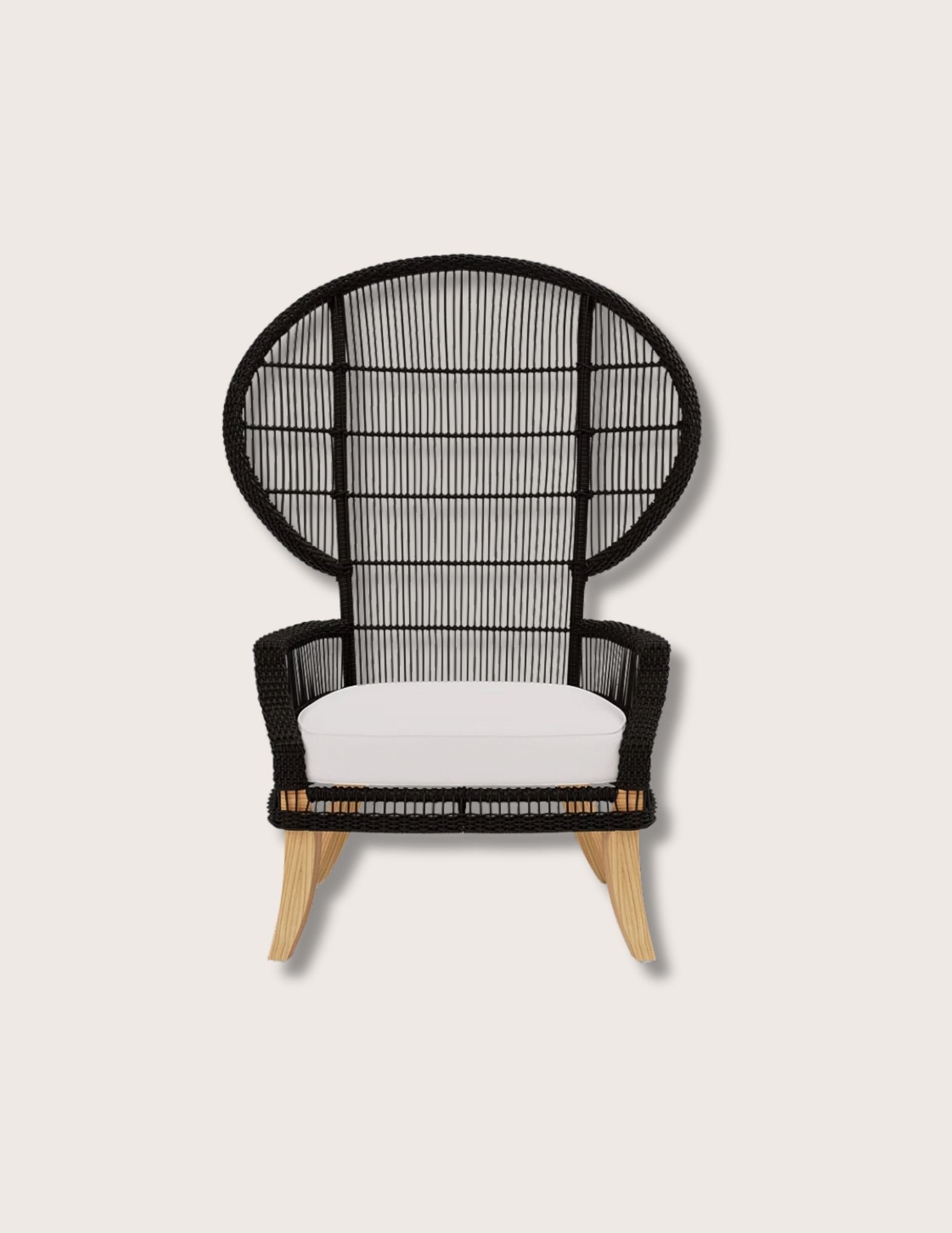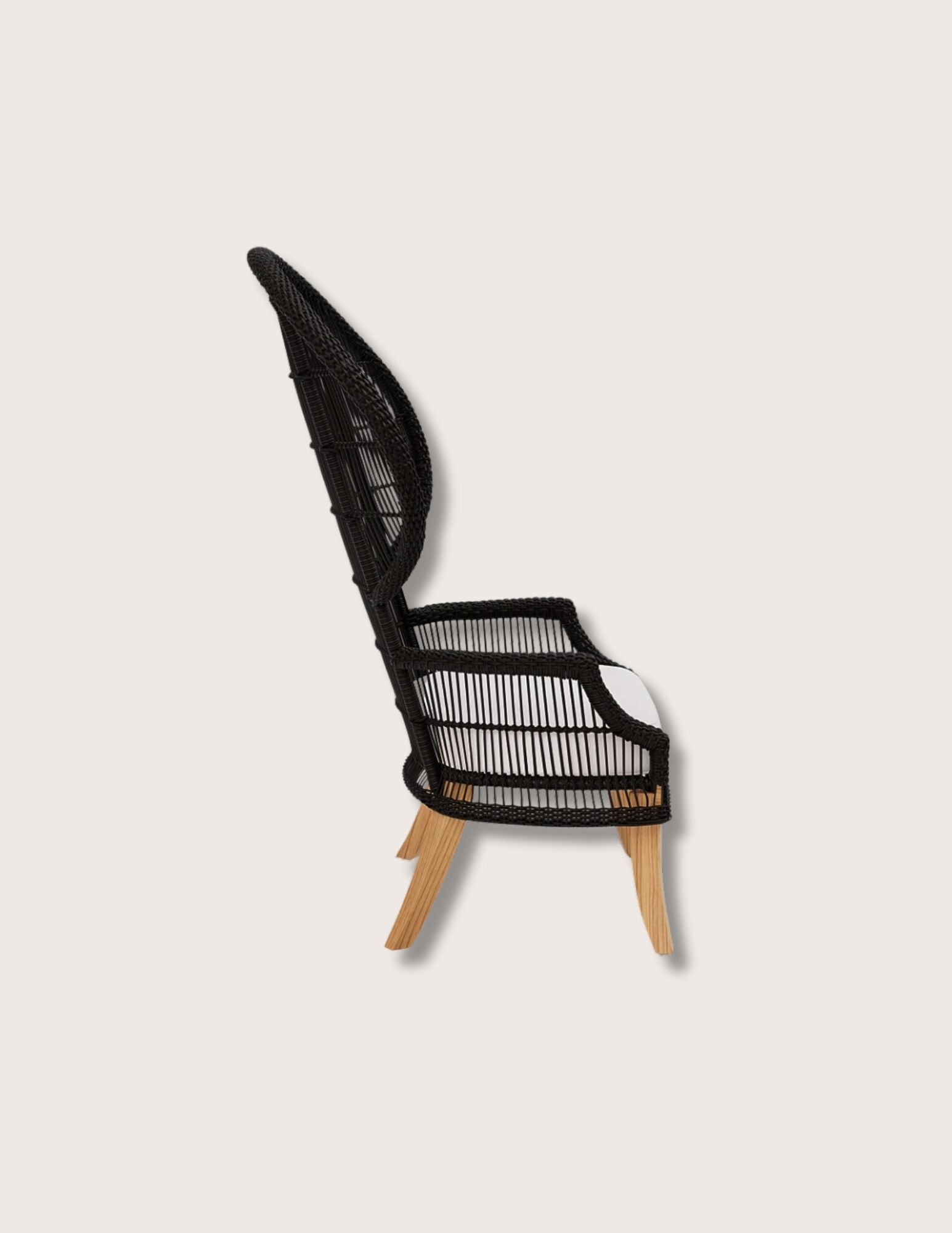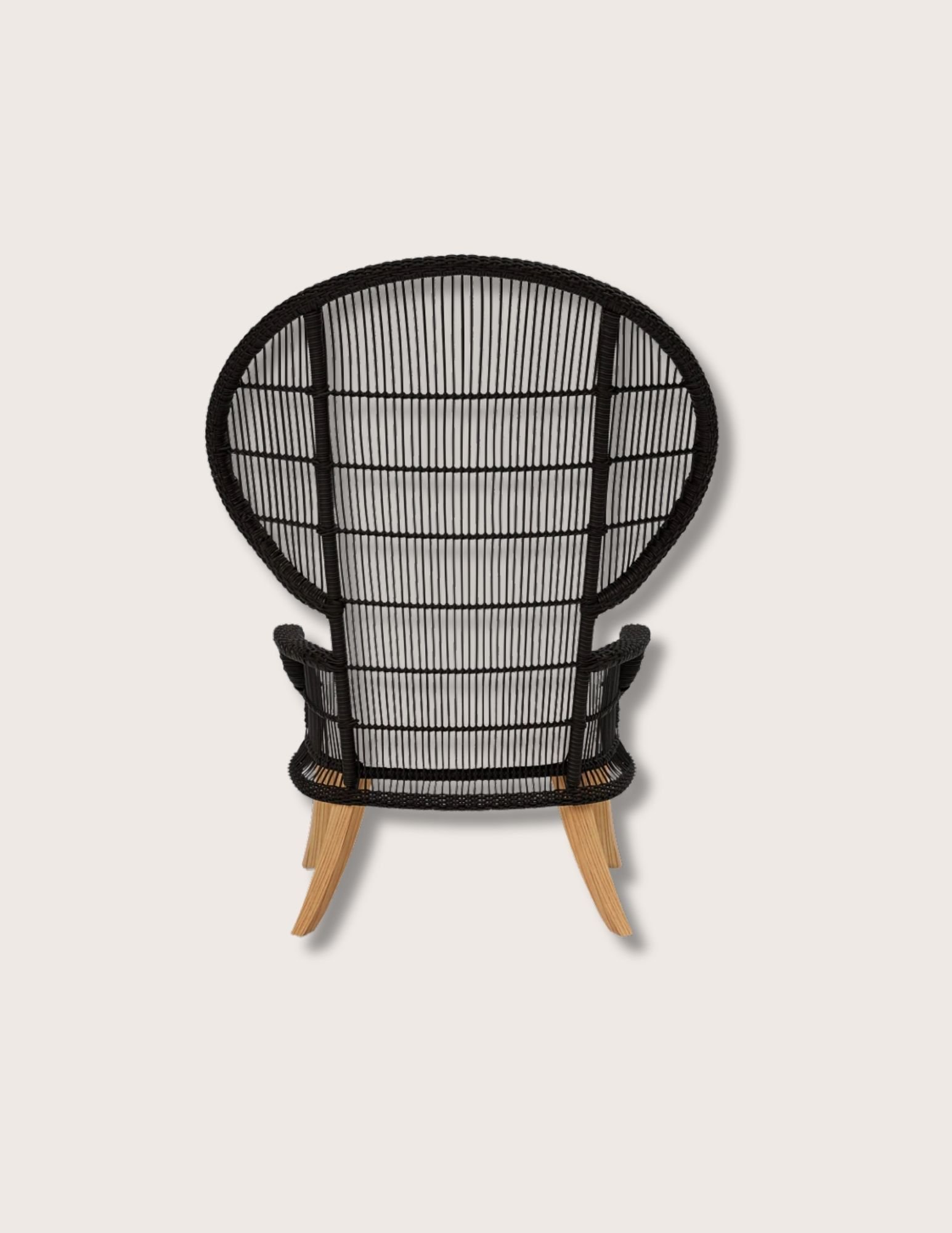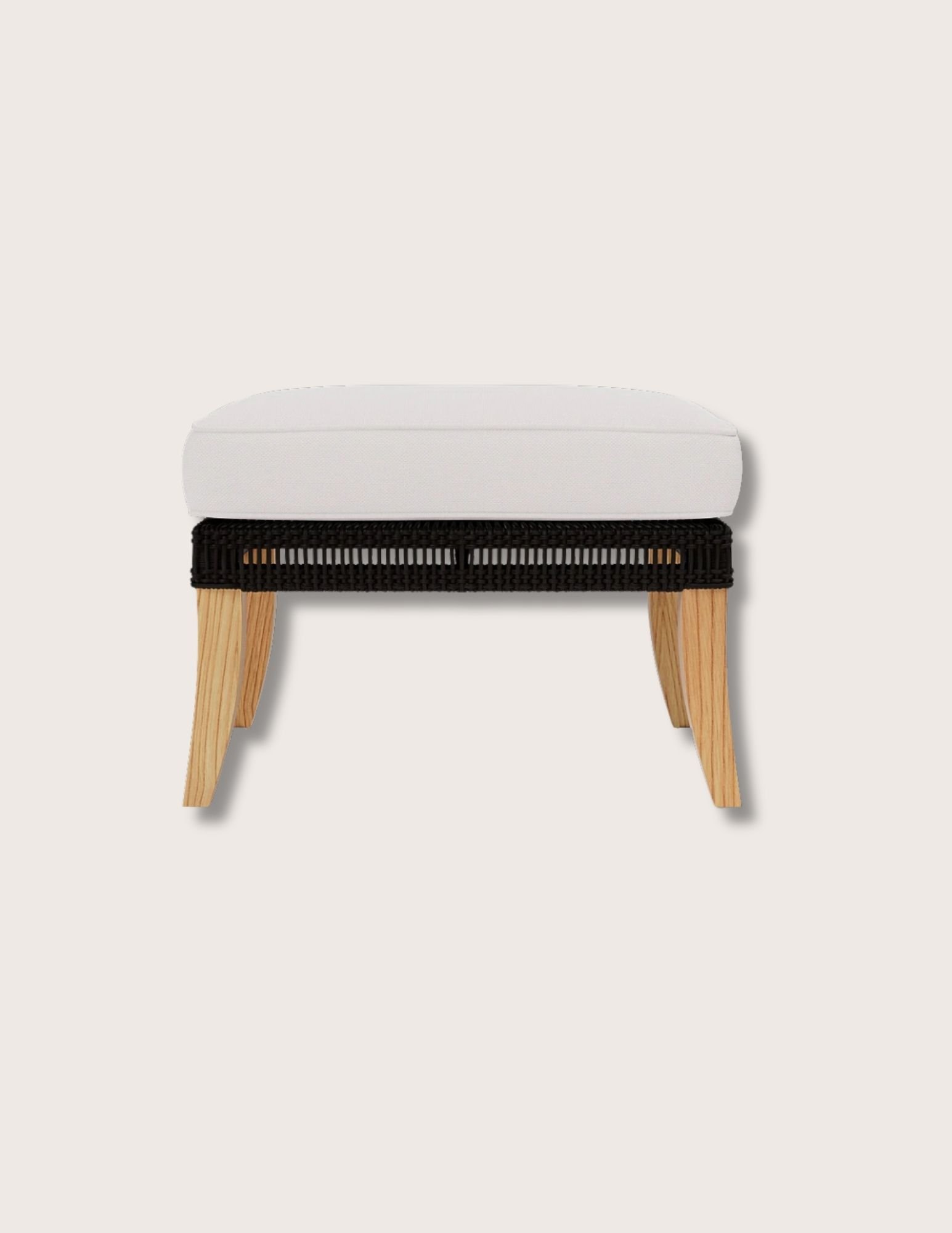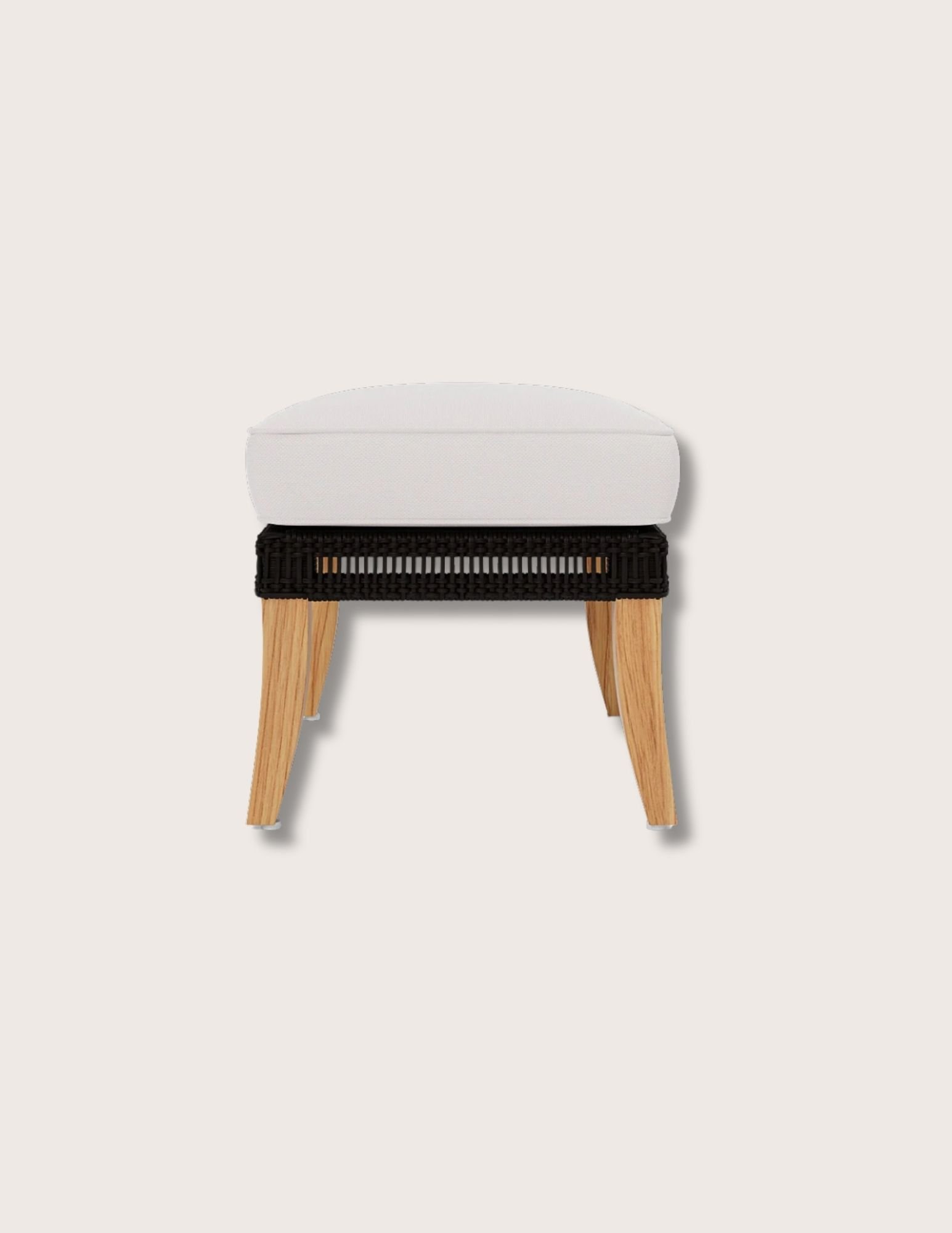 Image 1 of 6
Image 1 of 6

 Image 2 of 6
Image 2 of 6

 Image 3 of 6
Image 3 of 6

 Image 4 of 6
Image 4 of 6

 Image 5 of 6
Image 5 of 6

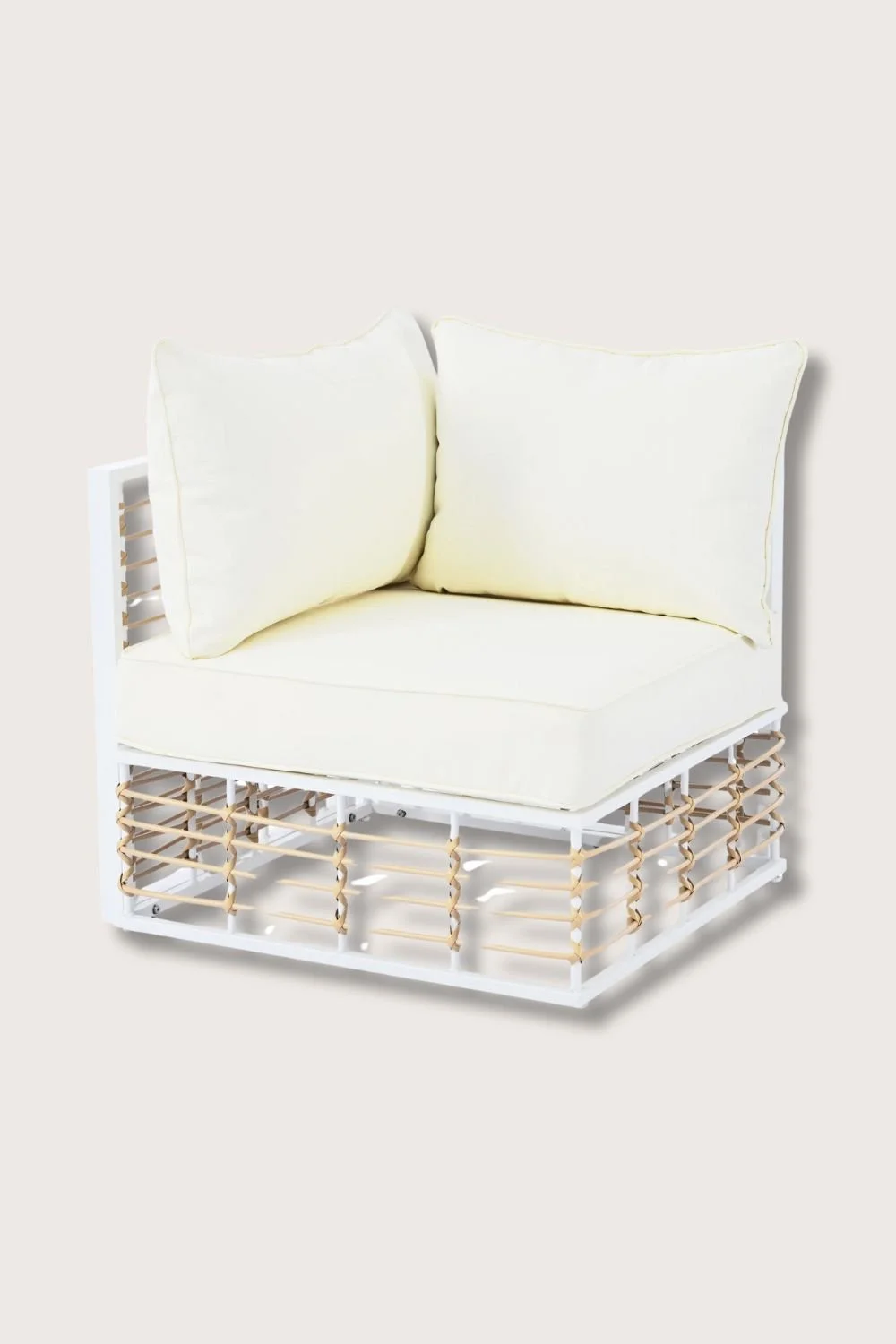 Image 6 of 6
Image 6 of 6







Sag Harbor Ivory Outdoor Patio Set
Details
This summer, spend the best days of the year outside enjoying comfort and style with our Sag Harbor Ivory Outdoor Patio Set. This set brings all the beauty of your interior decor outside in pieces built to stand up to the elements. Boasting a metal frame and all-weather rattan weave, this gorgeous set boasts modern, minimalist silhouettes and solid lines in water-resistant frames. The set includes 2 corner sofas, 2 arm sofas, 2 armless sofas, and a coffee table. The modular pieces can be arranged any number of ways, allowing you to set and reset your aesthetic, creating a new look for every occasion. And when you want to combine the pieces, 6 high-strength magic fasteners are included. The 6 large cushions and 8 fluffy pillows promise cloud-like comfort with luxurious fabric covers that are zippable, removable, and washable. And for added usability, adjustable feet ensure your setup is always level, no matter the ground. Whether hosting a large gathering or creating a cozy nook for personal relaxation the Sag Harbor Ivory Outdoor Patio Set will make your outdoor space a playground for your creativity, and enjoying life in the sun.
Editors' Note
The Sag Harbor Collection celebrates the history of the iconic Hamptons area that, in the mid-20th century, became an oasis for America's Black middle class. Like much of New York state, the Black history of the area stretches back to the very beginnings of the United States, where the unincorporated hamlet of Freetown in East Hampton was an enclave for free African Americans as early as 1790. By 1840, following the gradual abolition of slavery in New York state, African Americans migrated to the area in larger numbers, specifically to the town of Eastville, which was then becoming a profitable and well-known whaling port. Eastville was a diverse settlement with African Americans living alongside Native Americans of the Montauk and Shinnecock nations, as well as white families in the area. By 1847, middle class African Americans began coming to Eastville to rent homes for the summer or take up year-round residency. That tradition resumed following the end of the Second World War. Well-off African Americans, long denied access to beaches in other parts of the country, began purchasing plots in the area to sell as summer homes. In 1947, Maude Terry, a Brooklyn school teacher, and her sister, architect Amaza Lee Meredith, partnered with local landowners, Elsie and Daniel Gale, with the dream of creating a vacation community for African Americans. The result was Azurest, a 70 home settlement — which grew to 100 — including several houses designed by Meredith herself. Despite racism in the form of race covenants, restrictive lending, resistance from local white neighbors and threats from the KKK, Azurest was followed by the Sag Harbor Hills and Ninevah Beach developments, creating what is known today as the SANS (Sag Harbor Hills, Azurest, and Ninevah Beach Subdivisions) District. From the 40s on the SANS District provided a place of peace, safety and joy for Black families, whether they were permanent residents or part of the summer scene. Doors were commonly left unlocked and families interacted freely, building community and networking relationships that both reflected and contributed to the change that was happening at the time. Well-off Black creatives, professionals, entrepreneurs and industrialists came every summer from Harlem, as well as New Jersey, Chicago and Washington, D.C. to connect. One early resident, lawyer, Edward Dudley, was a noted civil-rights activist and the first Black U.S. ambassador. As of 2023, his son, then 80 and retired, still lived in the home his parents purchased for their vacations. Through the 50s and 60s, Sag Harbor became a gathering point for Black A-Listers in the entertainment world as well. Musicians like Lena Horne, Harry Belafonte, and Duke Ellington interacted with creatives like poet, Langston Hughes, and artists Al Loving, Howardena Pindell, Reynold Ruffins, and Frank Wimberley, among many others. Today, the various neighborhoods of the SANS District are targets for gentrification and erasure. Amid continuing battles over historic preservation, there are fewer and fewer Black residents, but many who remain are part of a generations-old legacy of Black joy, community, and rest.
Details
This summer, spend the best days of the year outside enjoying comfort and style with our Sag Harbor Ivory Outdoor Patio Set. This set brings all the beauty of your interior decor outside in pieces built to stand up to the elements. Boasting a metal frame and all-weather rattan weave, this gorgeous set boasts modern, minimalist silhouettes and solid lines in water-resistant frames. The set includes 2 corner sofas, 2 arm sofas, 2 armless sofas, and a coffee table. The modular pieces can be arranged any number of ways, allowing you to set and reset your aesthetic, creating a new look for every occasion. And when you want to combine the pieces, 6 high-strength magic fasteners are included. The 6 large cushions and 8 fluffy pillows promise cloud-like comfort with luxurious fabric covers that are zippable, removable, and washable. And for added usability, adjustable feet ensure your setup is always level, no matter the ground. Whether hosting a large gathering or creating a cozy nook for personal relaxation the Sag Harbor Ivory Outdoor Patio Set will make your outdoor space a playground for your creativity, and enjoying life in the sun.
Editors' Note
The Sag Harbor Collection celebrates the history of the iconic Hamptons area that, in the mid-20th century, became an oasis for America's Black middle class. Like much of New York state, the Black history of the area stretches back to the very beginnings of the United States, where the unincorporated hamlet of Freetown in East Hampton was an enclave for free African Americans as early as 1790. By 1840, following the gradual abolition of slavery in New York state, African Americans migrated to the area in larger numbers, specifically to the town of Eastville, which was then becoming a profitable and well-known whaling port. Eastville was a diverse settlement with African Americans living alongside Native Americans of the Montauk and Shinnecock nations, as well as white families in the area. By 1847, middle class African Americans began coming to Eastville to rent homes for the summer or take up year-round residency. That tradition resumed following the end of the Second World War. Well-off African Americans, long denied access to beaches in other parts of the country, began purchasing plots in the area to sell as summer homes. In 1947, Maude Terry, a Brooklyn school teacher, and her sister, architect Amaza Lee Meredith, partnered with local landowners, Elsie and Daniel Gale, with the dream of creating a vacation community for African Americans. The result was Azurest, a 70 home settlement — which grew to 100 — including several houses designed by Meredith herself. Despite racism in the form of race covenants, restrictive lending, resistance from local white neighbors and threats from the KKK, Azurest was followed by the Sag Harbor Hills and Ninevah Beach developments, creating what is known today as the SANS (Sag Harbor Hills, Azurest, and Ninevah Beach Subdivisions) District. From the 40s on the SANS District provided a place of peace, safety and joy for Black families, whether they were permanent residents or part of the summer scene. Doors were commonly left unlocked and families interacted freely, building community and networking relationships that both reflected and contributed to the change that was happening at the time. Well-off Black creatives, professionals, entrepreneurs and industrialists came every summer from Harlem, as well as New Jersey, Chicago and Washington, D.C. to connect. One early resident, lawyer, Edward Dudley, was a noted civil-rights activist and the first Black U.S. ambassador. As of 2023, his son, then 80 and retired, still lived in the home his parents purchased for their vacations. Through the 50s and 60s, Sag Harbor became a gathering point for Black A-Listers in the entertainment world as well. Musicians like Lena Horne, Harry Belafonte, and Duke Ellington interacted with creatives like poet, Langston Hughes, and artists Al Loving, Howardena Pindell, Reynold Ruffins, and Frank Wimberley, among many others. Today, the various neighborhoods of the SANS District are targets for gentrification and erasure. Amid continuing battles over historic preservation, there are fewer and fewer Black residents, but many who remain are part of a generations-old legacy of Black joy, community, and rest.

Additional Details
7-piece outdoor lounge set
Color: Ivory
Material: Metal, Foam
Deep Seating
Weather Resistant Frame
Water Resistant Cushions Included
Imported
Made to order
Ships to the continental US in 3-4 weeks
Dimensions:
Single Sofa: 24.8" x 24.8" x 24.2"
Coffee Table: 27.2" x 26.6" x 9.1"
Seat Cushion: 26.8" x 26.3" x 4.7"
Back Cushion: 25.6" x 13.8" x 7.1"
Side Pillow: 20.1" x 13.8" x 7.1"
Weight:
Corner Sofa: 32 lbs
Arm Sofa: 36.2 lbs
Armless Sofa: 22.3 lbs
Coffee table: 18.1 lbs
Arrives in 4 Packages:
Package 1: Size: 28.94" x 28.54" x 11.02", 45.86 lbs
Package 2: Size:28.35" x 28.15" x 20.87", 67.9 lbs
Package 3: Size: 28.94" x 28.15" x 20.87", 67.68 lbs
Package 4: Size:28.74" x 28.15" x 20.87", 67.9 lbs
Care instructions: To remove dirt and debris, vacuum with a dust- brush attachment or use a dry paintbrush. Clean with a mild soap solution, scrub with a sponge, rinse with cold water and dry completely.
When outdoor furniture is not in use, we recommend covering all pieces to protect furniture against the elements.
















